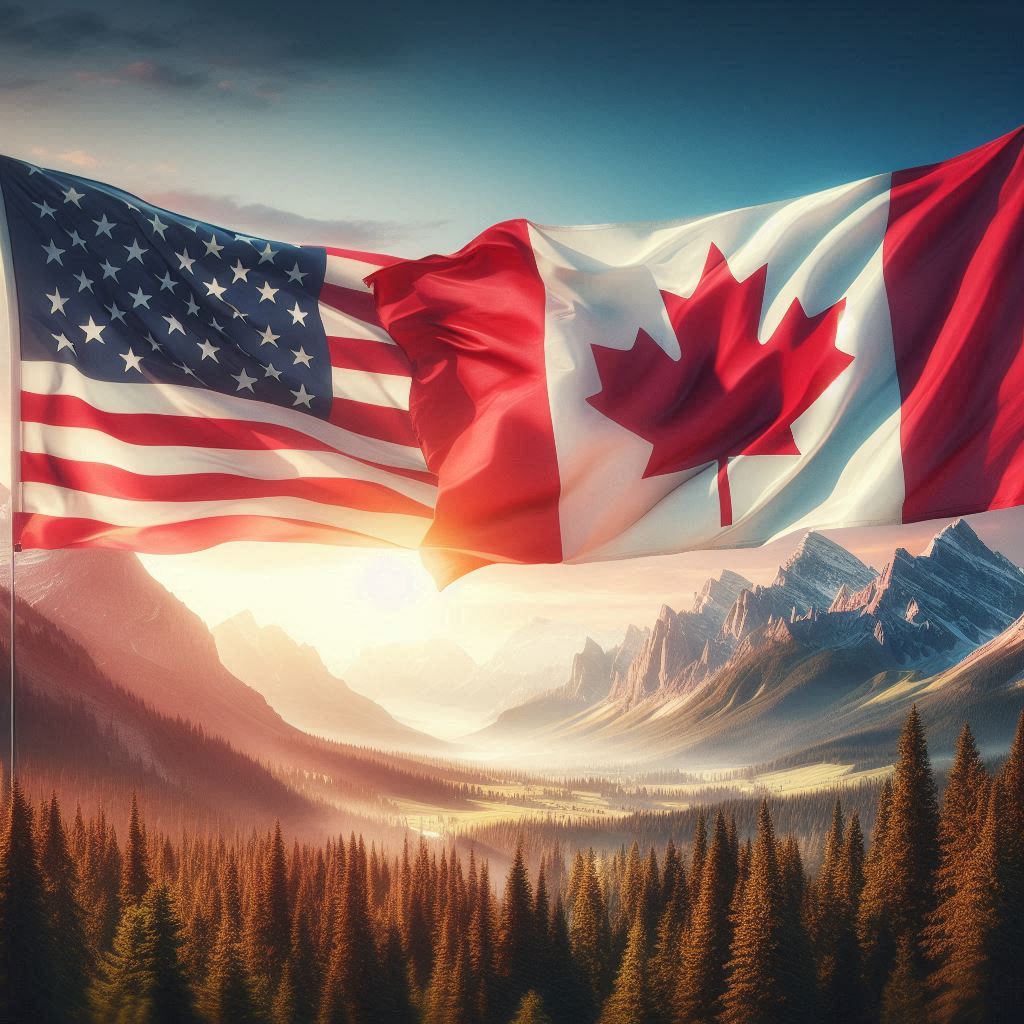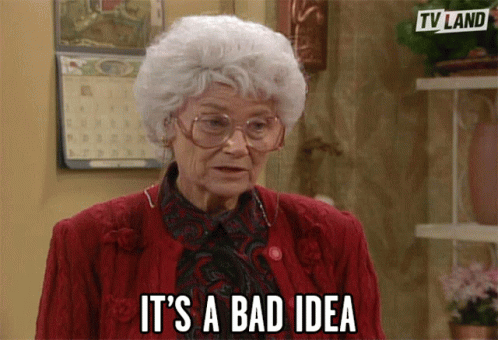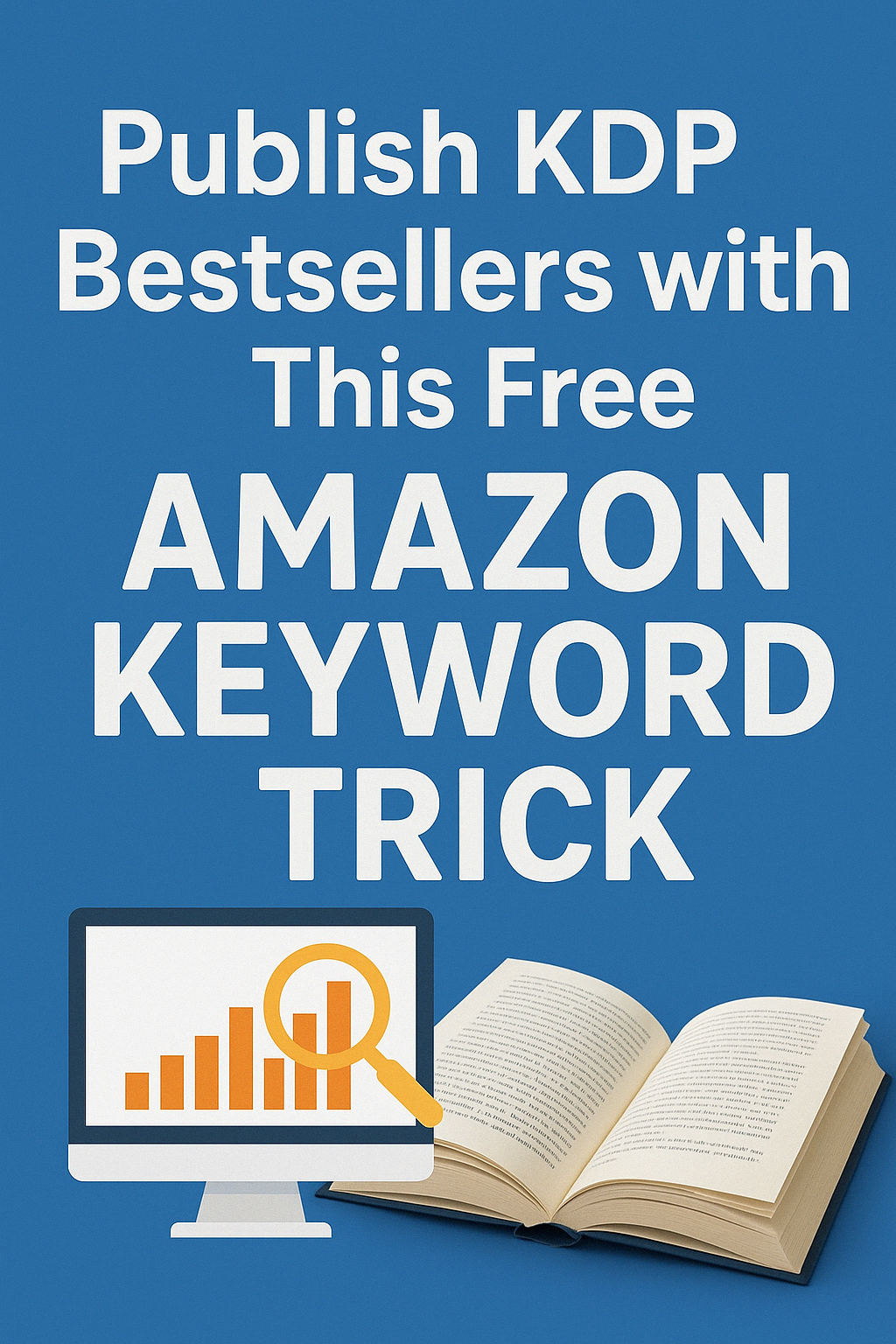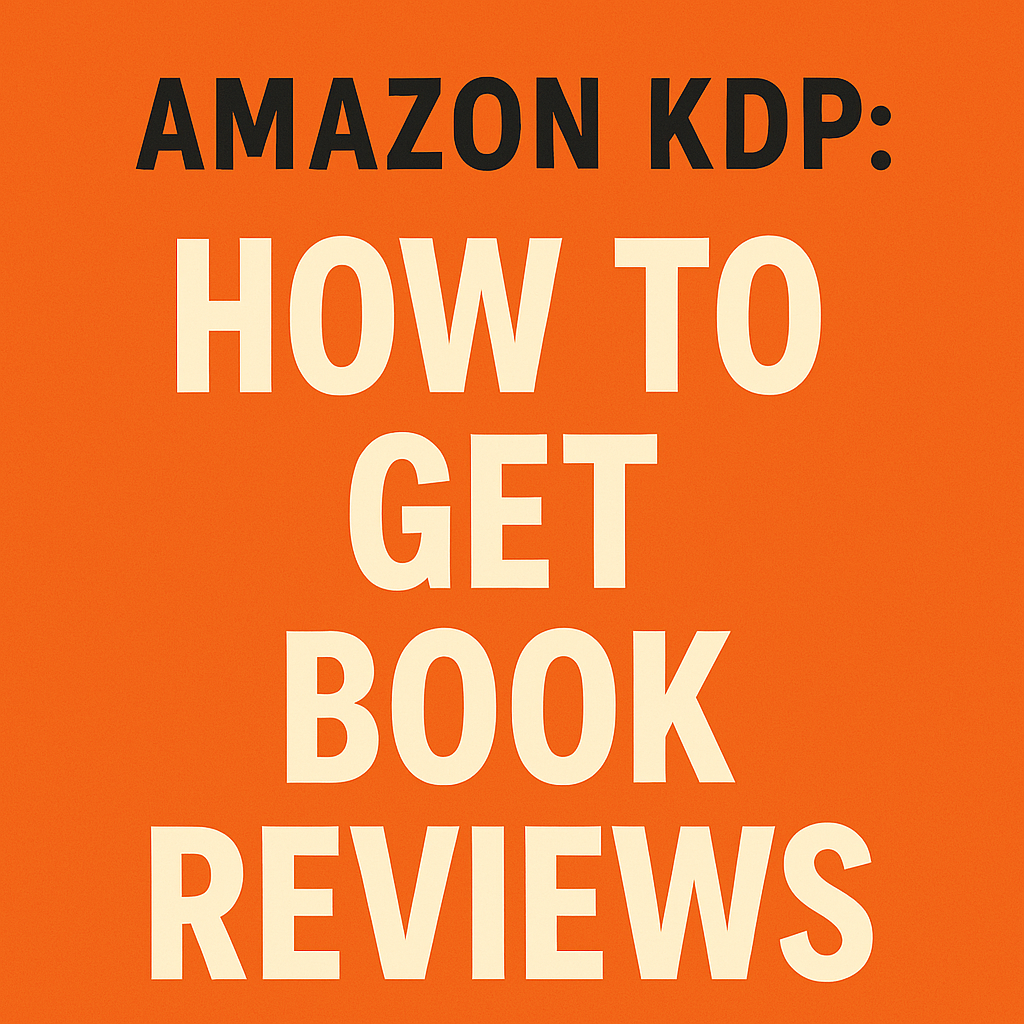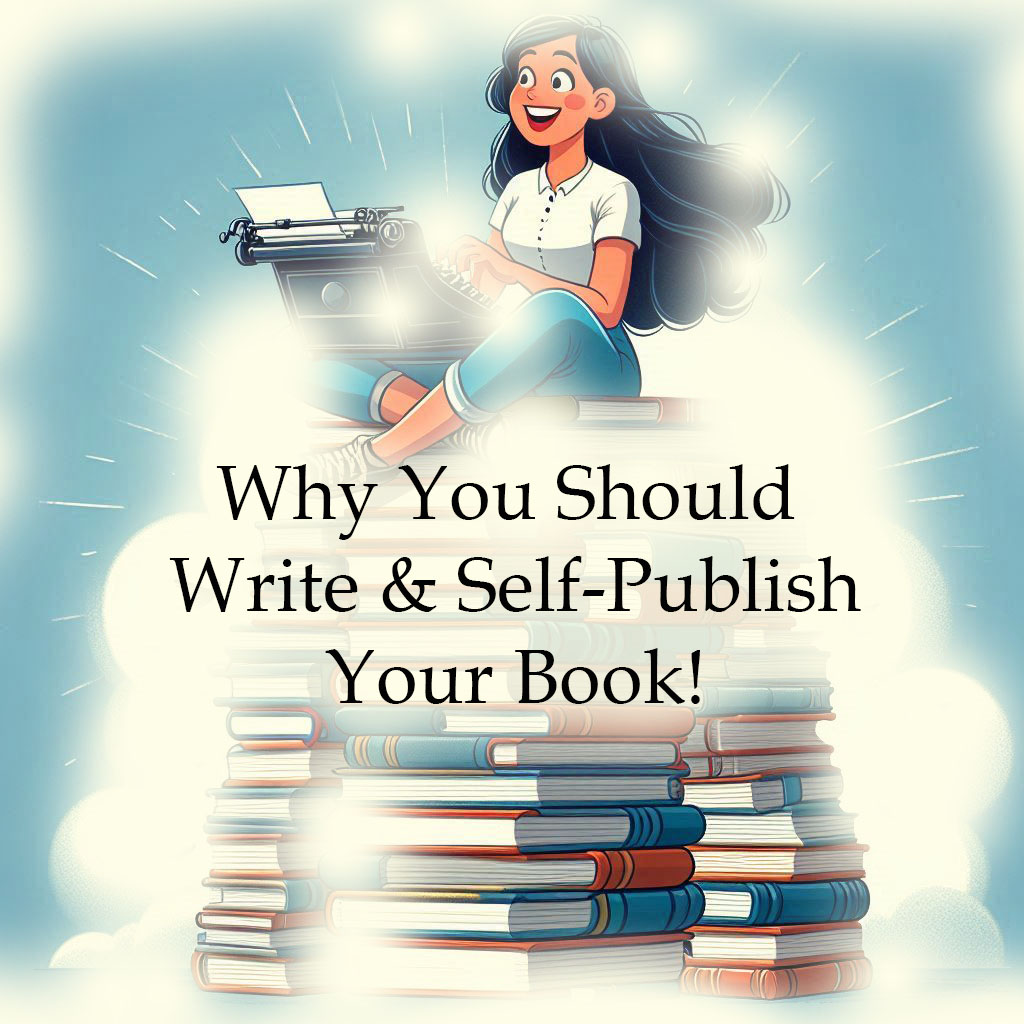The book publishing industry is facing significant challenges due to the imposition of new tariffs on imported books.
These tariffs, particularly on books printed in China, are increasing production costs, impacting pricing strategies, and limiting accessibility for readers.
Let’s explore the effects of these tariffs, the challenges publishers face, and what this means for the future of book publishing.
Background on Recent Tariffs
In recent years, the U.S. government has imposed tariffs on various goods imported from China, including books.
A proposed 25% tariff on Chinese-printed books raised concerns among publishers, as China has long been a key hub for book manufacturing due to its advanced printing capabilities and cost-effectiveness.
These tariffs affect a wide range of printed materials, including:
- Children’s picture books
- Dictionaries and encyclopedias
- Maps and atlases
- Religious texts
With China being a major player in the printing industry, these tariffs are causing significant disruptions for publishers who rely on affordable and high-quality printing solutions.
Impact on Production Costs and Pricing
One of the most immediate effects of these tariffs is the rise in production costs. Many publishers depend on Chinese printing facilities for cost-efficient and specialized printing, particularly for:
- High-quality illustrated books
- Graphic novels and comic books
- Hardcovers with intricate designs
The increase in production costs often leads to higher retail prices, which can affect consumer demand. Publishers are now faced with difficult decisions:
- Absorb the additional costs and reduce profit margins
- Pass the costs onto consumers, making books more expensive
Both options have negative consequences, either for the publisher’s bottom line or for readers who may find books increasingly unaffordable.
Challenges in Shifting Production
A logical solution might be to shift book printing to domestic or alternative international locations. However, this presents its own set of challenges:
- Limited Infrastructure: The U.S. printing industry currently lacks the capacity to handle the scale and specialized needs of book production.
- High Costs: Setting up new printing facilities or expanding existing ones requires significant investment.
- Time Constraints: Transitioning away from Chinese printing facilities could take years, leaving publishers struggling in the meantime.
Due to these hurdles, many publishers are caught in a difficult position with no easy alternatives.
Canada and the USA
The impact of tariffs on the book publishing industry is not limited to the U.S. alone—Canada is also facing similar challenges.
Canadian publishers rely on international printing options, including China, to keep production costs low.
With rising tariffs, Canadian publishers must either absorb the increased costs or seek alternative printing solutions, which may not always be feasible due to limited domestic printing capacity.
In the U.S., major publishing houses are trying to find workarounds, such as shifting printing to other countries, but this is not always practical.
Independent publishers and self-published authors face even greater difficulties, as they often work with smaller budgets and have fewer resources to adapt to the changing landscape.
Both countries need strategic policies to support their publishing industries, such as investing in local printing infrastructure or negotiating tariff exemptions for books, which are essential cultural and educational products.
Broader Economic and Cultural Implications
Beyond financial concerns, these tariffs could have long-term effects on accessibility and literacy:
- Public Libraries and Schools: Institutions operating on tight budgets may struggle to afford new books, impacting literacy and education.
- Children’s Literature: Young readers may face reduced access to books, which could impact early cognitive development.
- Independent Publishers and Authors: Smaller publishers and self-published authors who rely on affordable printing options may find it increasingly difficult to compete.
As book prices rise, the overall accessibility of books could decline, affecting cultural and educational growth.
What’s Next for the Publishing Industry?
The publishing industry must explore new strategies to adapt to these changes. Possible solutions include:
- Investing in Local Printing: Governments and private companies could invest in enhancing domestic printing capabilities.
- Exploring Digital Publishing: E-books and audiobooks could become even more prominent as an alternative to expensive print books.
- Advocating for Policy Changes: Industry leaders may push for exemptions on book tariffs to protect accessibility and literacy.
The new tariffs on imported books present a serious challenge to the book publishing industry.
With rising costs, limited alternatives, and potential cultural repercussions, stakeholders must find creative solutions to maintain book affordability and accessibility.
As the industry navigates these hurdles, publishers, authors, and readers alike must stay informed and engaged in discussions about how to sustain the future of books in an increasingly globalized economy.
Stay Updated
For the latest news on book publishing and industry updates, subscribe to our newsletter.
Need Help With Your Book Cover or Literary Packaging?
Looking to bring your ideas to life with captivating storytelling and imaginative flair?
Whether you need compelling copywriting, engaging written, visual or video content creation, or literary packaging that stands out, I’m here to help.
Let’s collaborate to turn your vision into reality. Reach out today to discuss your project and let’s embark on a journey of creativity together!

